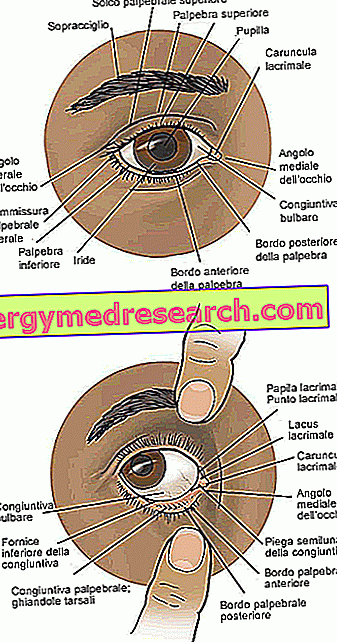
Fatty liver steatosis is a para-physiological or pathological condition (depending on the severity) that predisposes, in the long term, to the onset of cirrhosis and therefore of liver failure; sometimes, a disease of tumor origin may occur.
Fatty liver steatosis is due to an excess of food and / or alcohol energy compared to the energy expended by the body (alimentary and / or alcoholic steatosis). Liver cells fill with lipids like adipose tissue does, although the presence of other risk factors is usually essential. Dietary excess is accompanied by a sedentary lifestyle; hardly a sportsman who trains a lot, even if he eats too much, accuses fatty liver fatigue. In addition, the abuse of junk foods (especially sweet drinks, foods rich in carbohydrates with a high glycemic index, saturated or hydrogenated fats) and alcoholic beverages participate; also the portions, above all the glycemic load, contribute to the onset of steatosis.
That said, for many years we have been looking for supplementary systems for diet and exercise to regress fatty liver steatosis. Several beneficial molecules have been brought to light for the liver, such as cynarin, but we are still in search of new products.
In this regard, an experimental study of 2011 entitled " Creatine supplementation prevents the accumulation of fat in the livers of rats fed to high-fat diet " has tested the effects of creatine supplementation in the accumulation of hepatic fat induced by a diet rich in lipids in rats.
The guinea pigs were divided into 3 groups and fed with 3 different liquid diets: a control diet (C), a high-fat diet (HF) and a high-fat diet but supplemented with creatine (HFC). C and HF diets contained 35 and 71% of energy derived from fat, respectively. Creatine supplementation resulted in the addition of 1% of c. monohydrate.
After 3 weeks, the HF diet increased total liver fat concentration, triglycerides and thiobarbituric acid reactive substances (TBARS), while decreased hepatic concentration of s-adenosylmethionine (SAM).
Creatine intake has normalized all these perturbations induced by the diet. Furthermore, the renal activity of l-arginine is significantly decreased: glycine amidinotransferase and plasma guanidinoacetate ; also prevented the decrease in hepatic concentration of SAM in rats fed with the HF diet.
However, there was no change in phosphatidylcholine : phosphatidylethanolamine (PE) ratio or PE n-methyltransferase activity .
The HF diet decreased the values of messenger ribonucleic acid (mRNA) for receptors activated by peroxisome proliferators (PPARa), as well as long-chain carnitine palmitoyltransferase and acyl CoA dehydrogenase . Creatine intake has therefore normalized these mRNA levels.
Put simply, creatine supplementation has prevented HF-induced hepatic steatosis administered to rats, probably due to the normalization of genetic expression that underlies oxidation .



